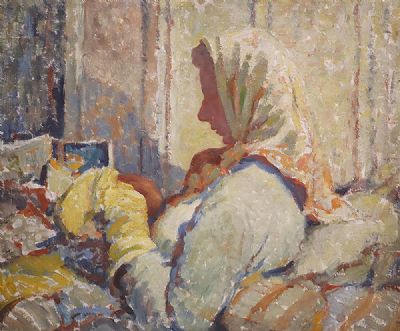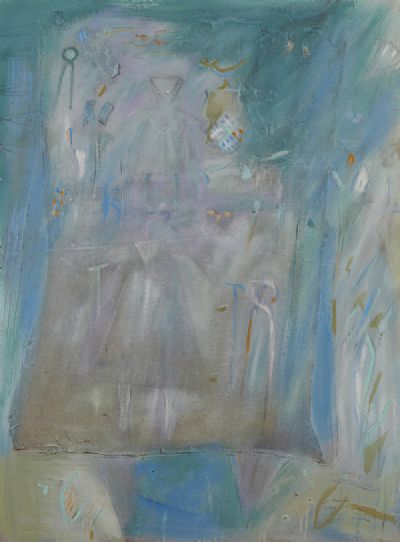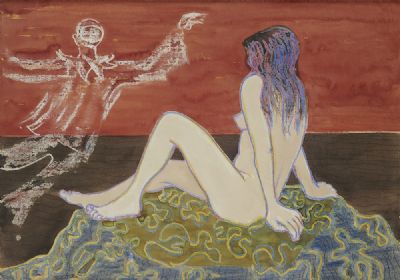Bidding on this item has ended.
Jack Butler Yeats
A LAMENT (THE FUNERAL OF HARRY BOLAND)
Lot 40
Price Realised:
€250,000
Estimate:
€250,000 - €350,000
Jack B. Yeats RHA, 1871-1957
A LAMENT (THE FUNERAL OF HARRY BOLAND) (1930)
Oil on canvas, 18" x 24" (46 x 61cm), signed; inscribed verso.
Exhibited: 1931 Dublin (6); 1945 Dublin National Loan (74); 1961 Greenwich (3); 1965 Massachusetts (6); ... Read more
 Lot 40
Jack Butler Yeats
A LAMENT (THE FUNERAL OF HARRY BOLAND)
Lot 40
Jack Butler Yeats
A LAMENT (THE FUNERAL OF HARRY BOLAND)
A LAMENT (THE FUNERAL OF HARRY BOLAND) (1930)
Oil on canvas, 18" x 24" (46 x 61cm), signed; inscribed verso.
Exhibited: 1931 Dublin (6); 1945 Dublin National Loan (74); 1961 Greenwich (3); 1965 Massachusetts (6); ... Read more
 Lot 40
Jack Butler Yeats
A LAMENT (THE FUNERAL OF HARRY BOLAND)
Lot 40
Jack Butler Yeats
A LAMENT (THE FUNERAL OF HARRY BOLAND)
Estimate:
€250,000 - €350,000
Jack B. Yeats RHA, 1871-1957
A LAMENT (THE FUNERAL OF HARRY BOLAND) (1930)
Oil on canvas, 18" x 24" (46 x 61cm), signed; inscribed verso.
Exhibited: 1931 Dublin (6); 1945 Dublin National Loan (74); 1961 Greenwich (3); 1965 Massachusetts (6); 1972 Wisconsin (2); 2021-22 Dublin, Jack B. Yeats: Painting & Memory, National Gallery of Ireland,?
Provenance: Victor Waddington Galleries, Dublin, 1944 to Mrs E. O'Malley later Mrs Helen Hooker Roelofs, Greenwich; donated in 1979 to the American Irish Cultural Institute in memory of the late Ernie O'Malley; on long term loan to the Irish Museum of Modern Art, 1990; deVeres Art Auction, 16th April 2002 (140); Private Collection.
Literature: H. Pyle, Jack B. Yeats, A Catalogue Raisonne of the Oil Paintings, Vol. 1, London, 1992, p. 380, no. 421.
2022 marks the centenary of the death of Republican leader Harry Boland, a former close friend of Michael Collins who was shot while trying to avoid arrest in Dublin in 1922. He had opposed the treaty and his death was a pivotal moment in the Irish Civil War. Jack Yeats painted two pictures commemorating the event.?
'The Funeral of Harry Boland', was done in 1922 from sketches taken by himself in Glasnevin Cemetery. All photography was banned from the event and the artist claimed that his was the only visual record of the graveside ceremony. It is reported all cameras were confiscated at the gates of the cemetery.
Lot 40, 'A Lament', was painted in 1930, depicting a funeral passing through the streets of Dublin and is more a ''memory painting''. It is also totally different in style, full of colour and movement, and very much a street scene with the backdrop of posters. Helen O'Malley, wife of Ernie O'Malley, bought this painting from Victor Waddington for ?100 in 1944 and recorded her notes: ''Proscribed funeral procession of Republican leader Harry Boland. Seventy five thousand citizens stood silent in the rain in defiance of proscription by the British Government''. By that time she and her husband knew Jack Yeats and her view of the picture and her notes on it may have been informed by the information from Yeats and Waddington.
The picture was intended by Yeats for exhibition at a group show in the Goupil Galleries, in London. The hanging of the painting however displeased him and he withdrew it. He exhibited it the following spring at the Engineers' Hall in Dublin. It was noted favourably by the Dublin Evening Mail art critic who described it as ''a wonderful impression of a Dublin funeral against a background of gaily-covered hoardings''.
The 1931 Engineers' Hall exhibition was widely covered by the press and came at a positive time in the artist's career. The harsh criticism his new impressionist style had attracted in the late 1920's had been replaced by more widespread acceptance. Probably more important was the huge and favourable critical impact, particularly in Britain, of his book, Sligo. Critics did still refer to Jack Yeats wielding ''a wicked brush making the pigment fly wildly this way and that,'' and of his playing ''wildly with his paint'' in contrast with the more sober style of other artists. But the year was a high point in a career that had more than its share of setbacks and disillusionment. One critic referred to the Yeats brothers as ''the older giants'' and said of Jack ''he strides vaguely round Dublin and paints pictures, which are more genuinely modern than those of the youngest graduate from the school of Art, and certainly more interesting.''
The painting was shown in the 1945 National Loan Exhibition. This was the only other occasion on which the picture was exhibited during the artist's lifetime. Ernie O'Malley wrote the introduction to the catalogue. He said: ''He has used the funeral or burial as a symbol. The death of a man who has suffered in the national fight has often been one of the few public tributes that a people could give to one whom some of them recognised only in death. A sense of ceremonial, which had seemed to disappear from consciousness, would emerge and an impressive ordered intensity show understanding and devotion. The memory of the dead has changed its meaning when seen as a political artifice, or has become outworn in verbal misuse, but in Jack Yeats's pictures it holds an eternal significance.''
A LAMENT (THE FUNERAL OF HARRY BOLAND) (1930)
Oil on canvas, 18" x 24" (46 x 61cm), signed; inscribed verso.
Exhibited: 1931 Dublin (6); 1945 Dublin National Loan (74); 1961 Greenwich (3); 1965 Massachusetts (6); 1972 Wisconsin (2); 2021-22 Dublin, Jack B. Yeats: Painting & Memory, National Gallery of Ireland,?
Provenance: Victor Waddington Galleries, Dublin, 1944 to Mrs E. O'Malley later Mrs Helen Hooker Roelofs, Greenwich; donated in 1979 to the American Irish Cultural Institute in memory of the late Ernie O'Malley; on long term loan to the Irish Museum of Modern Art, 1990; deVeres Art Auction, 16th April 2002 (140); Private Collection.
Literature: H. Pyle, Jack B. Yeats, A Catalogue Raisonne of the Oil Paintings, Vol. 1, London, 1992, p. 380, no. 421.
2022 marks the centenary of the death of Republican leader Harry Boland, a former close friend of Michael Collins who was shot while trying to avoid arrest in Dublin in 1922. He had opposed the treaty and his death was a pivotal moment in the Irish Civil War. Jack Yeats painted two pictures commemorating the event.?
'The Funeral of Harry Boland', was done in 1922 from sketches taken by himself in Glasnevin Cemetery. All photography was banned from the event and the artist claimed that his was the only visual record of the graveside ceremony. It is reported all cameras were confiscated at the gates of the cemetery.
Lot 40, 'A Lament', was painted in 1930, depicting a funeral passing through the streets of Dublin and is more a ''memory painting''. It is also totally different in style, full of colour and movement, and very much a street scene with the backdrop of posters. Helen O'Malley, wife of Ernie O'Malley, bought this painting from Victor Waddington for ?100 in 1944 and recorded her notes: ''Proscribed funeral procession of Republican leader Harry Boland. Seventy five thousand citizens stood silent in the rain in defiance of proscription by the British Government''. By that time she and her husband knew Jack Yeats and her view of the picture and her notes on it may have been informed by the information from Yeats and Waddington.
The picture was intended by Yeats for exhibition at a group show in the Goupil Galleries, in London. The hanging of the painting however displeased him and he withdrew it. He exhibited it the following spring at the Engineers' Hall in Dublin. It was noted favourably by the Dublin Evening Mail art critic who described it as ''a wonderful impression of a Dublin funeral against a background of gaily-covered hoardings''.
The 1931 Engineers' Hall exhibition was widely covered by the press and came at a positive time in the artist's career. The harsh criticism his new impressionist style had attracted in the late 1920's had been replaced by more widespread acceptance. Probably more important was the huge and favourable critical impact, particularly in Britain, of his book, Sligo. Critics did still refer to Jack Yeats wielding ''a wicked brush making the pigment fly wildly this way and that,'' and of his playing ''wildly with his paint'' in contrast with the more sober style of other artists. But the year was a high point in a career that had more than its share of setbacks and disillusionment. One critic referred to the Yeats brothers as ''the older giants'' and said of Jack ''he strides vaguely round Dublin and paints pictures, which are more genuinely modern than those of the youngest graduate from the school of Art, and certainly more interesting.''
The painting was shown in the 1945 National Loan Exhibition. This was the only other occasion on which the picture was exhibited during the artist's lifetime. Ernie O'Malley wrote the introduction to the catalogue. He said: ''He has used the funeral or burial as a symbol. The death of a man who has suffered in the national fight has often been one of the few public tributes that a people could give to one whom some of them recognised only in death. A sense of ceremonial, which had seemed to disappear from consciousness, would emerge and an impressive ordered intensity show understanding and devotion. The memory of the dead has changed its meaning when seen as a political artifice, or has become outworn in verbal misuse, but in Jack Yeats's pictures it holds an eternal significance.''
- Enquire
- View all lots by this artist
- How bidding works
Please note: You will require a deVeres account in order to bid. Please register via the website. Each lot will close numerically. If there is late bidding the time may be extended which could delay subsequent lots. The lots will start to close from 2.00pm on auction day, closing at 45 second intervals.
PLEASE BID EARLY TO AVOID DISAPPOINTMENT.
In order to allow rival bidders the opportunity to respond to a late bid the following extensions will apply:
IF A BID IS RECEIVED WITHIN THE FINAL 45 SECONDS OF THE COUNTDOWN THE CLOCK WILL RESET TO 60 SECONDS.
At any point you can leave a maximum bid, representing the highest price you are prepared to pay for a particular lot. Bidding only advances when there is competition from a rival bidder. In that case the system bids on your behalf, only up to the maximum if required. All bids are relayed to you be email, along with notification if you have been outbid.
All maximum bids are confidential and not disclosed. The system will endeavor to purchase the lot for you for the least price. Bids are subject to buyer’s premium of 25% (incl vat), with no additional charges.
In the event of a tied bid, the preference will be given to the bid submitted first. The second bidder will receive immediate notification of being outbid.
PLEASE BID EARLY TO AVOID DISAPPOINTMENT.
In order to allow rival bidders the opportunity to respond to a late bid the following extensions will apply:
IF A BID IS RECEIVED WITHIN THE FINAL 45 SECONDS OF THE COUNTDOWN THE CLOCK WILL RESET TO 60 SECONDS.
At any point you can leave a maximum bid, representing the highest price you are prepared to pay for a particular lot. Bidding only advances when there is competition from a rival bidder. In that case the system bids on your behalf, only up to the maximum if required. All bids are relayed to you be email, along with notification if you have been outbid.
All maximum bids are confidential and not disclosed. The system will endeavor to purchase the lot for you for the least price. Bids are subject to buyer’s premium of 25% (incl vat), with no additional charges.
In the event of a tied bid, the preference will be given to the bid submitted first. The second bidder will receive immediate notification of being outbid.
Sign-up to our auction alert
Signup for personalised Irish art recommendations, invitations to viewings and auctions, articles and more.

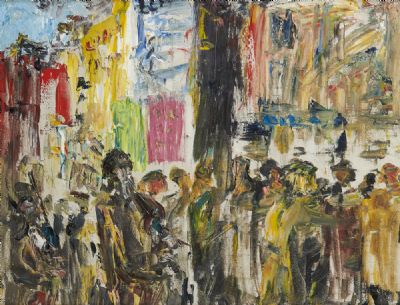
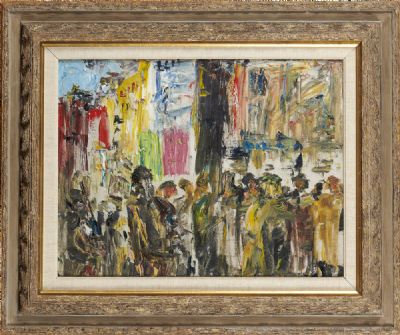
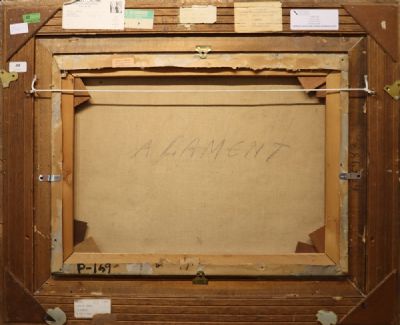
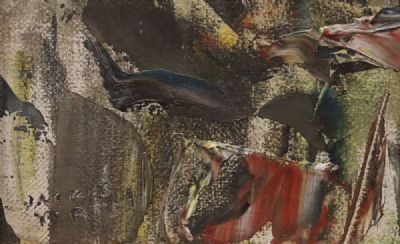
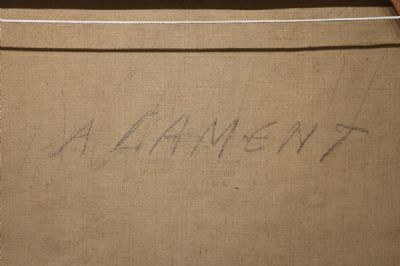
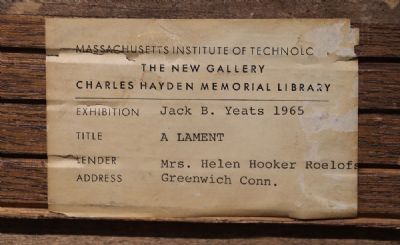
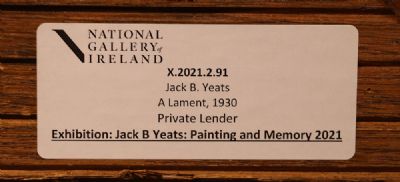
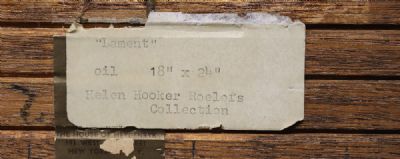
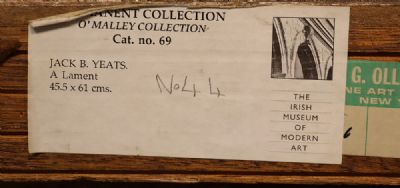
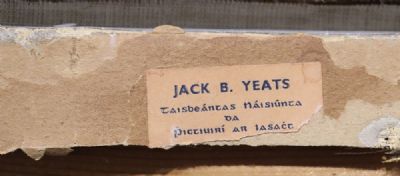
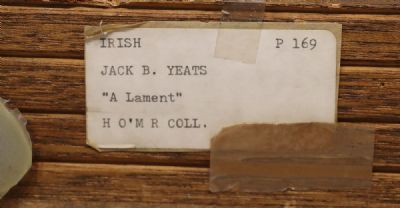
 View More Videos
View More Videos DVTV Click Here To View Video
DVTV Click Here To View Video